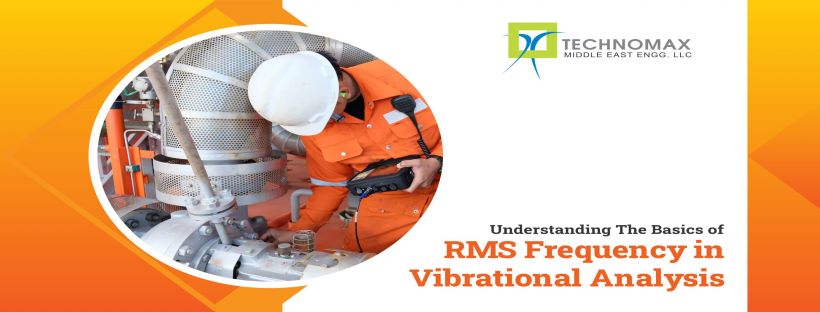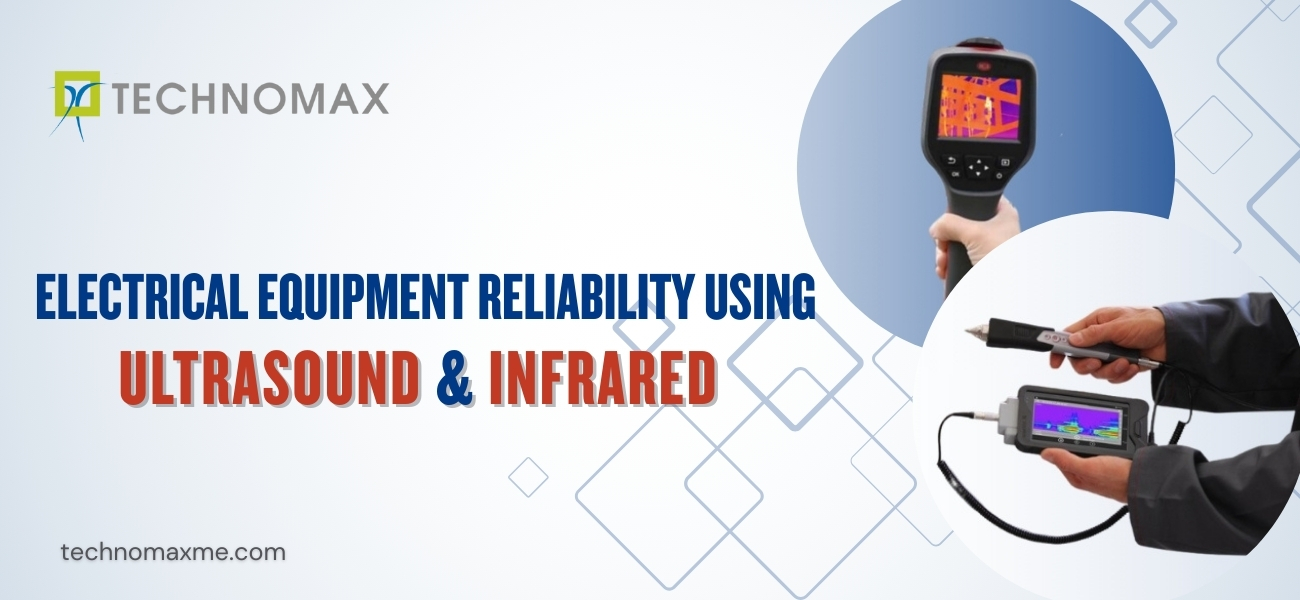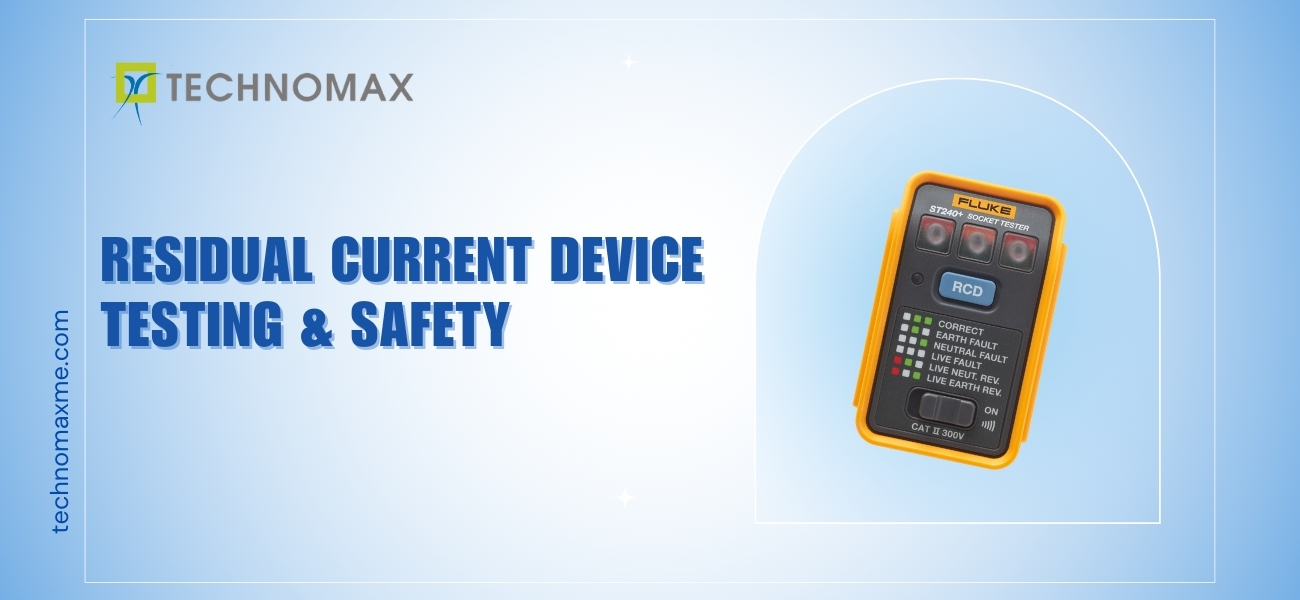
RMS (Root Mean Square) Frequency in Vibration Analysis: A Basic Understanding
Vibration Analysis:
Vibration is a periodic movement or, say, back-and-forth movement of the particles present in the body, which has the feature of elasticity(rms). Vibration Analysis is a process for monitoring vibration signals' levels and patterns within a component, machinery, or structure; Vibration Analysis is used to detect abnormal vibration events and know the test object's overall condition. Read more about RMS (Root Mean Square) frequency in Vibration Analysis.
RMS (Root Mean Square): An Introduction-
It is required to understand RMS (Root Mean Square) basics first before going deep into its uses and effects. RMS (Root Mean Square) is the value directly related to the Vibration profile's energy content. RMS (Root Mean Square) is a family member of Vibration Analysis. RMS (Root Mean Square) keeps much importance in the field of vibrations.
You may also like to read:
Calculation of RMS (Root Mean Square) vibration :
RMS (Root Mean Square) vibration is calculated by measuring the peak amplitude and multiply by .707 to obtain the RMS (Root Mean Square) value. Lastly, divide by .707 to get the Peak Value.
Calculation of RMS (Root Mean Square) frequency:
RMS (Root Mean Square) frequency of a spectrum is a single number that represents the overall level of energy across a frequency range.
Basics of RMS (Root Mean Square) frequency in Vibration Analysis:
It is challenging part to collect vibration data in vibration management and analysis of data collected. It's quite essential to understand the frequency spectrum and waveforms in this practice. This process records the vibration waveforms and checks the time and reason for the occurrence of abnormal vibrations. It is done by studying various parameters like RMS, Standard Deviation, Peak Amplitude, Kurtosis, crest factor, skewness, and many others. The peak or amplitude is vital for shock events, but it does not consider any time element; it considers only energy events. RMS (Root Mean Square) value keeps utmost importance because it is directly related to the energy level and, thus, the vibrations' destructive capability. RMS (Root Mean Square) also considers the time history of the waveform. The number of times one complete motion cycle of a machine or component or system occurs during a second period is the waveform in the time domain can ascertain the vibration's frequency. Different frequency components and noise elements are also added to it. Hence spectrum is needed to get a crystal clear picture of the vibrations. The various frequency-domain vibration analysis is FFT (Fast Fourier Transform), Spectrogram, and PSD (Power Spectral Density).
Consideration of various factors that are essential in RMS (Root Mean Square) analysis of vibrations:
- Vibration Sensors
- Signal Conditioning
- Data acquisition system along with its configuration
- Vibration measurement set-up
Conclusion:
Hence, Monitoring the RMS (Root Mean Square) is essential and a technical issue that should be performed with utmost care and guidance. It will be relatively easy and comfortable for the technical background for people to analyze things very minutely. It's all about vibration analysis and vibration management. In a complex structure or machinery, there are different types of vibrations involved. Therefore, it is better to apply both (time frame and frequency spectrum)analysis to reach the optimum results though CMMS software. Companies and senior management should build a program to fix the strategy to practice condition monitoring services like Partial Discharge (PD) Testing, Vibrational Analysis on the premises. Technomax offers products and services from various brands like Valmet solid measurements for waste water treatment, Yamada for pump, Fluke PD testing etc. They can visualize the error in advance in pump alignment and find the solution by doing appropriate repairs with Remote Visual Inspection (RVI) in the scheduled budget and time.
Learn More About Our Services

Recent Blogs

Get Started Now!
It takes less than a minute of your time. Or you may simply call +971 2 555 1 783






